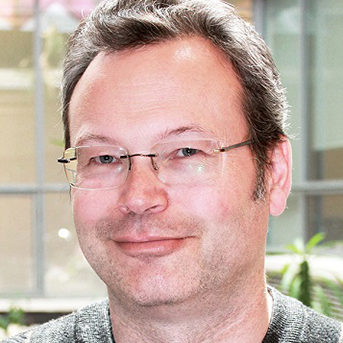
[tta_listen_btn listen_text=”Click to listen to this story” pause_text=”Pause” resume_text=”Resume” replay_text=”Replay” start_text=”Start” stop_text=”Stop”]
When engaged in real-world actions, the brain must process what we perceive, think and then act on the surrounding environment. In order to execute this, information is combined from our senses and our cognitive and motor signals.
Studying how all of this happens, however, can be challenging in terms of understanding the brain and in terms of gathering data in everyday situations – or uncontrolled natural environments.
In a new review paper published by the Journal of Neuroscience on Nov. 8, a team of researchers explains how real-life situations help to advance understanding of brain function, and further how deficits in brain function can affect the ability to respond to goal-directed, co-ordinated actions.

Doug Crawford, York University professor, Distinguished Research Professor and York Research Chair, is senior author on the paper “Perceptual-Cognitive Integration for Goal-Directed Action in Naturalistic Environments,” which will be presented as a mini-symposium during the annual Society for Neuroscience Meeting on Nov. 14 in Washington, D.C.
Crawford will Chair the presentation, which features the work of six young presenters from different universities – including co-chair Jolande Fooken (Queen’s University), as well as Bianca Baltaretu (Justus Liebig University), Deborah Barany (University of Georgia), Gabriel Diaz (Rochester Institute of Technology), Jennifer Semrau (University of Delaware) and Tarkeshwar Singh (Pennsylvania State University).
Presenters will share recent advances in techniques – such as neuroimaging, virtual reality and motion tracking – that allow researchers to address these issues in naturalistic environments for both healthy participants and clinical populations.
The paper and presentation identify six areas where studying how the brain works in real-life situations has improved basic understanding of brain function. Researchers first discuss how the brain handles things like seeing objects and co-ordinating our hand movements, and then discuss applications of this knowledge to neurological deficits such as blindness, stroke and memory problems.
This translational approach, which takes what is learned in the lab and applies it to rehabilitation, helps us better understand how our brains, bodies and thoughts work together in real-life situations, and is valuable for both basic and clinical research.
